Business
Protecting Vehicles and Property in Coastal Communities
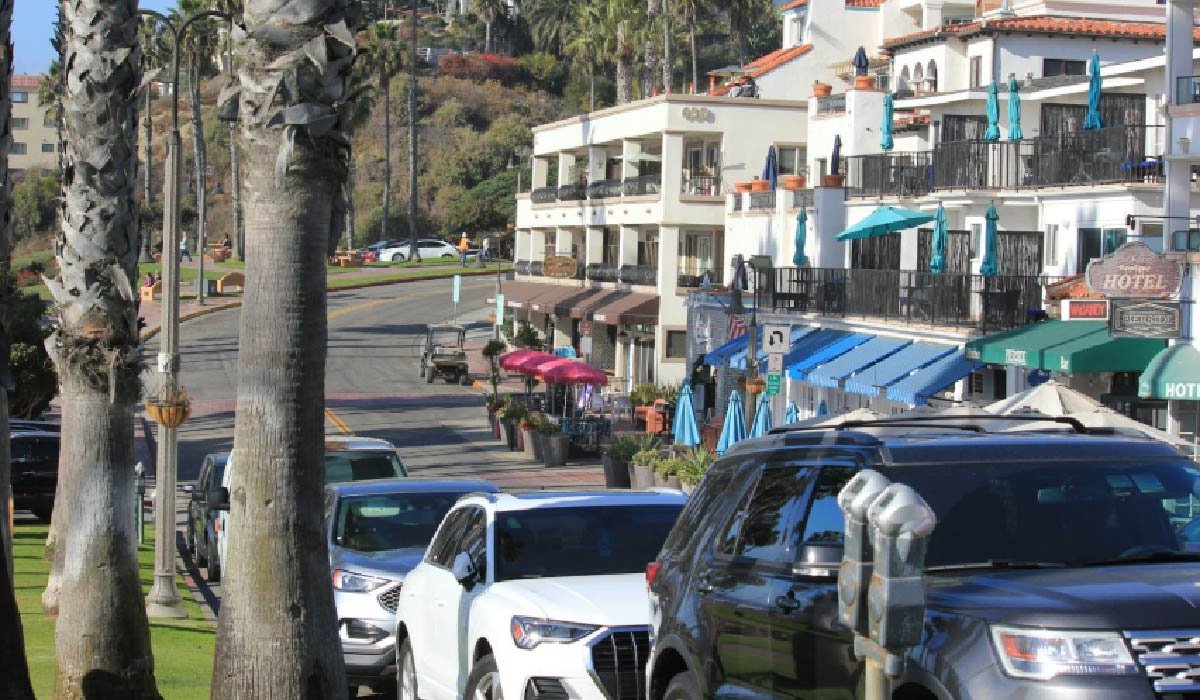
Living in coastal communities has its charm: ocean views, fresh breezes, and a vibrant lifestyle. But those same conditions bring a unique set of challenges for property and vehicle owners.
Salt in the air accelerates corrosion, high humidity weakens structures, and strong winds or flooding can cause sudden, costly damage. Add to that the constant threat of pest infestations, and it’s clear that coastal living requires a proactive approach to maintenance and protection.
On top of environmental pressures, coastal properties often face strict regulations designed to safeguard ecosystems and public access. While essential for preservation, these rules can complicate repairs, renovations, and day-to-day management.
This guide explores the realities of coastal ownership, what makes these environments so demanding, the specific risks to watch for, and practical strategies to safeguard your vehicles and property.
Whether you’re a homeowner, landlord, or fleet operator, understanding these challenges is the first step to protecting your investments and ensuring their longevity in harsh coastal conditions.
Understanding the environmental and human threats to assets in coastal zones
Coastal zones are particularly vulnerable to a range of environmental and human threats. The combination of salt, moisture, severe weather events, and pests creates a challenging environment for property owners in high-risk areas along America’s coastlines, including the Gulf Coast.
These factors not only increase the need for regular maintenance but also necessitate specialized knowledge and strategies for coastal protection to effectively manage and mitigate risks in coastal habitats and coastal landscapes.
The following sections will delve into the specific threats posed by salt and moisture, weather events, and pests. Recognizing these threats is crucial for developing a comprehensive approach to protect coastal assets.
Salt, moisture, and accelerated material decay
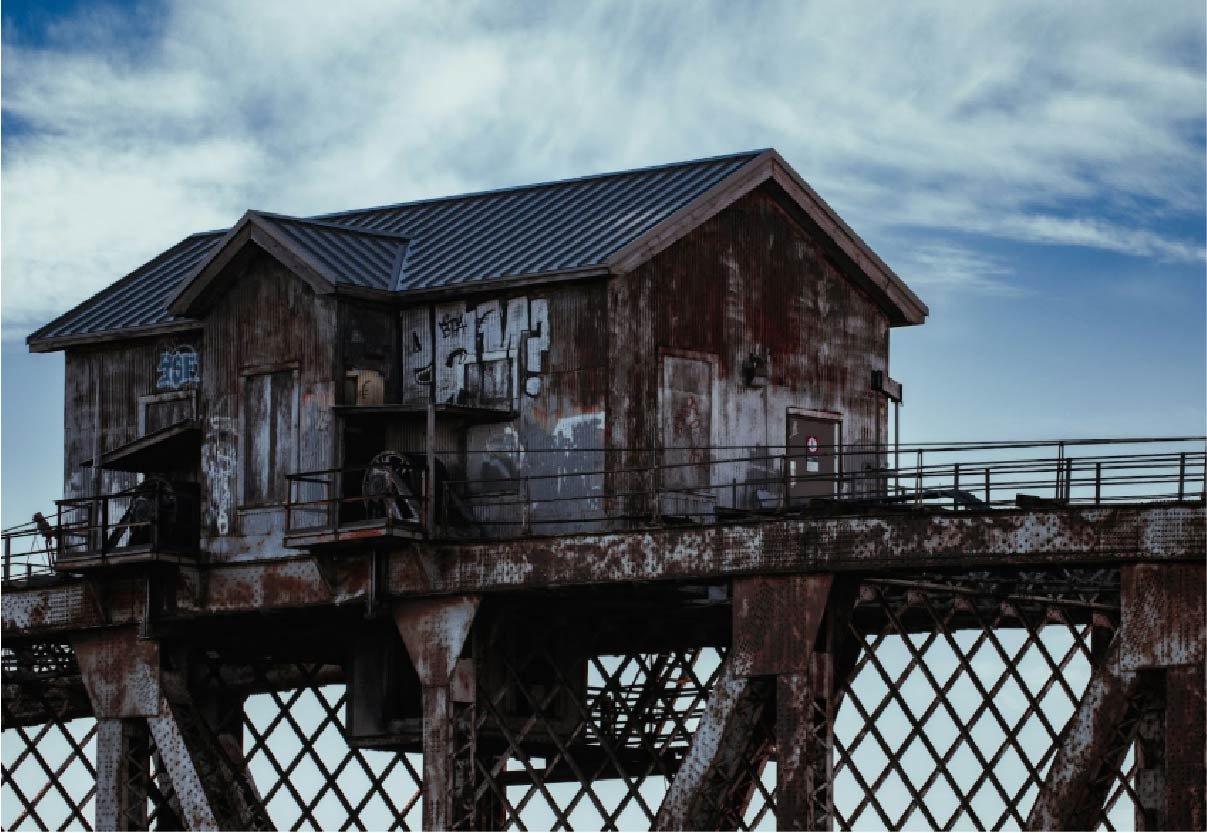
Salt air is a notorious culprit in the rapid deterioration of building materials. The constant exposure to salt-laden air and high humidity accelerates corrosion, particularly in metals, and weakens other materials.
For instance, homeowners often find that their metal fixtures and outdoor furniture rust much faster than expected. Additionally, high moisture levels can lead to concrete spalling, where moisture infiltrates and causes internal steel reinforcement to rust and expand.
Wind-driven rain exacerbates these issues, particularly affecting roofing and external facades. Neglecting the effects of salt and moisture can result in hidden structural damage within buildings, which may only be revealed during thorough inspections in severe cases.
Regular maintenance and specialized construction techniques are crucial for combating accelerated decay processes.
Weather events and drainage vulnerabilities
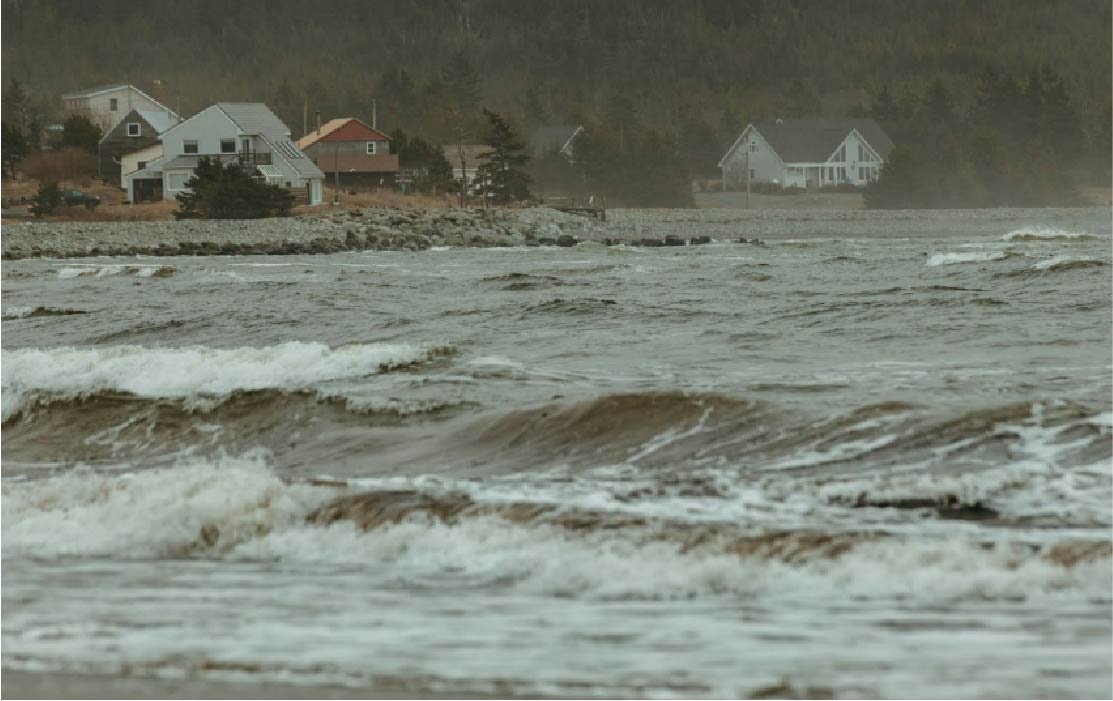
Coastal properties are frequently at risk from severe weather events such as hurricanes, tropical storms, and heavy rainfall. These events can cause extensive property damage and pose significant insurance challenges.
Poor drainage systems further exacerbate the problem, leading to flooding during heavy rains, major storm surges, coastal storms, coastal hazards, coastal erosion, and climate disasters.
As sea level rise due to climate change and rising sea levels, the threat to coastal properties from inadequate drainage and stormwater management increases, particularly from storm surge. Foundation stress and water damage are common hidden risks that arise from these vulnerabilities.
Homeowners in coastal areas must invest in robust drainage solutions and consider purchasing separate flood insurance, as traditional policies typically do not cover flood damage. Rising tides further exacerbate these challenges.
Pests and urban wildlife that exploit coastal niches
Pests and urban wildlife thrive in coastal areas, often leading to property infestations that can cause significant damage. Rodents and insects are particularly problematic, as they can damage insulation, wiring, and stored vehicles.
The presence of artificial structures in coastal environments facilitates the adaptation and survival of these opportunistic species.
Urban development along coastlines often results in habitat loss for various wildlife, creating opportunities for pests to thrive in altered environments. Human activities inadvertently contribute to the spread of pests, disrupting local ecosystems and causing biodiversity loss.
Proactive pest management strategies are essential to implement mitigation measures that mitigate these risks and protect coastal properties.
Immediate response and selecting dependable trades for urgent repairs
In the face of unexpected damage, having a rapid response plan is crucial. Coastal property owners need to ensure immediate assistance, often within hours of an emergency call, to prevent further complications and mitigate damage.
Choosing reliable tradespeople promptly is essential to ensure effective repairs and maintain the integrity of the property.
The following subsections will guide you on assessing the urgency of repairs and what to expect from a professional visit. Being aware of these aspects helps property owners make informed decisions during emergencies.
Assessing urgency and deciding between temporary and permanent fixes
In urgent repair situations, it’s crucial to determine whether a quick temporary solution is sufficient or if a long-term permanent fix is necessary.
For example, a small leak might be temporarily fixed with a patch, but a significant water ingress issue might require immediate professional intervention to prevent extensive damage. Understanding the extent of the damage and local environmental threats can help in making these decisions.
Coastal property insurance typically covers damages from natural disasters like hurricanes and flooding, which can influence decisions on whether to implement immediate temporary solutions or plan for permanent repairs.
Temporary fixes can provide immediate relief, but long-term solutions should be prioritized to ensure lasting safety and integrity.
What to expect from a professional visit and how to verify credentials
When hiring a professional for repairs, checking credentials such as licenses, insurance, and warranties is crucial to ensure they meet industry standards and provide reliable service.
For instance, when seeking urgent plumbing help in coastal suburbs, a local expert like Plumber Rose Bay can offer specialized knowledge and experience with coastal property challenges.
During a professional visit, expect a thorough assessment of the property’s condition and recommendations for necessary actions. Reputable contractors will often provide references from previous clients as part of their credentials to demonstrate reliability.
Asking about a contractor’s familiarity with coastal property challenges can help ascertain their suitability for specific repair needs.
Vehicle hygiene and pest prevention for personal and commercial fleets
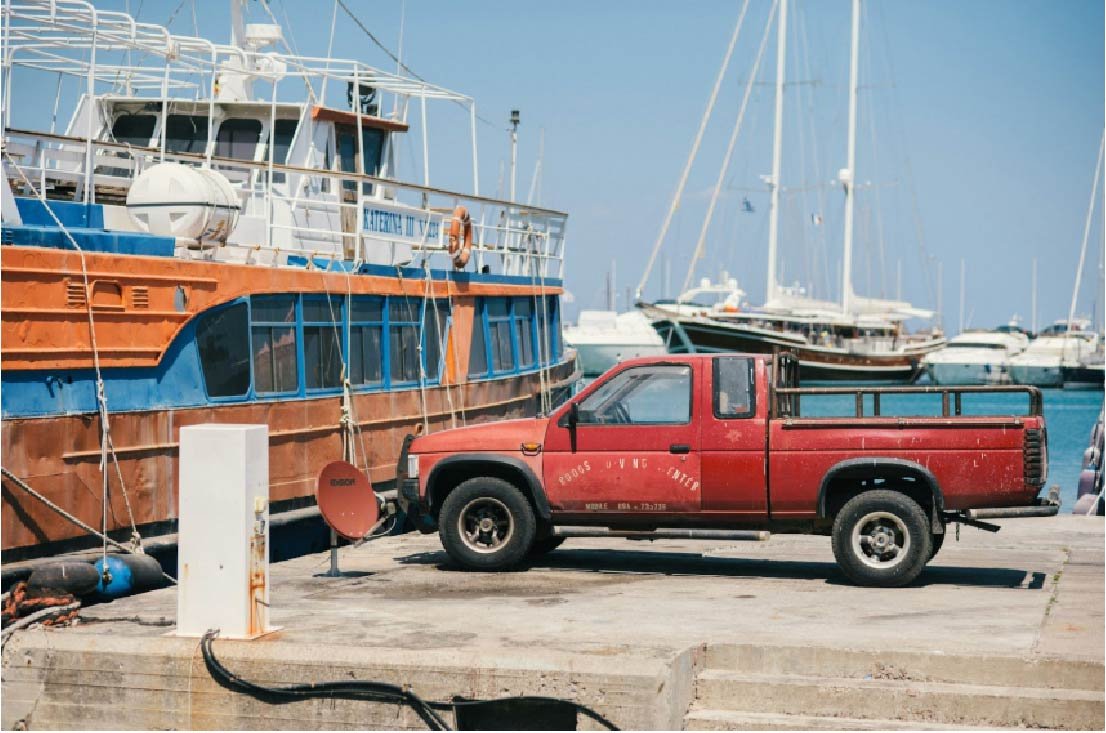
Vehicles, whether personal or commercial, are susceptible to pest infestations due to their enclosed spaces and potential food sources.
Maintaining vehicle cleanliness is crucial to prevent pest infestations, as leftover food and debris can attract various pests. Regularly cleaning the interior and exterior of vehicles can significantly reduce the risk of infestations and the associated damage.
The following subsections will explore why vehicles attract pests and provide practical routines for drivers to spot and prevent pest issues. Maintaining vehicle hygiene minimizes risks and ensures the functionality of personal and commercial fleets.
Why vehicles attract pests and how that leads to costly damage
Vehicles often become attractive to pests due to warm engine compartments and available food sources.
Rodents are particularly harmful as they can chew through critical components like wiring, potentially causing electrical failures and safety hazards. For example, a fleet of delivery vehicles can face significant downtime and repair costs if rodents damage the wiring.
Other pests, such as wasps, can create nests in engine bays and exhaust pipes, leading to blockages and mechanical issues. Bird droppings, while seemingly minor, can corrode the paint and, if not cleaned quickly, lead to permanent damage.
These examples highlight the importance of maintaining vehicle hygiene and implementing regular car pest control practices to prevent costly damage and ensure safety.
Simple daily and weekly vehicle checks that reduce infestation risk
To maintain your vehicle and prevent pests, consider the following steps:
- Establish a routine for daily and weekly vehicle checks to spot potential issues before they escalate.
- Regularly vacuum and wipe down surfaces to eliminate food sources and nesting materials that attract pests.
- Seal small gaps and openings to prevent pests from entering and nesting in the vehicle.
For instance, a catering van might implement:
- A daily check for food crumbs to maintain hygiene and prevent infestations.
- A weekly cleaning schedule to maintain hygiene and prevent infestations.
- Use vehicle covers when parking outside to protect against pests and deter them from accessing the vehicle.
These practical routines are essential for maintaining vehicle cleanliness and preventing pest-related issues.
Long-term maintenance rhythms for coastal properties and vehicles
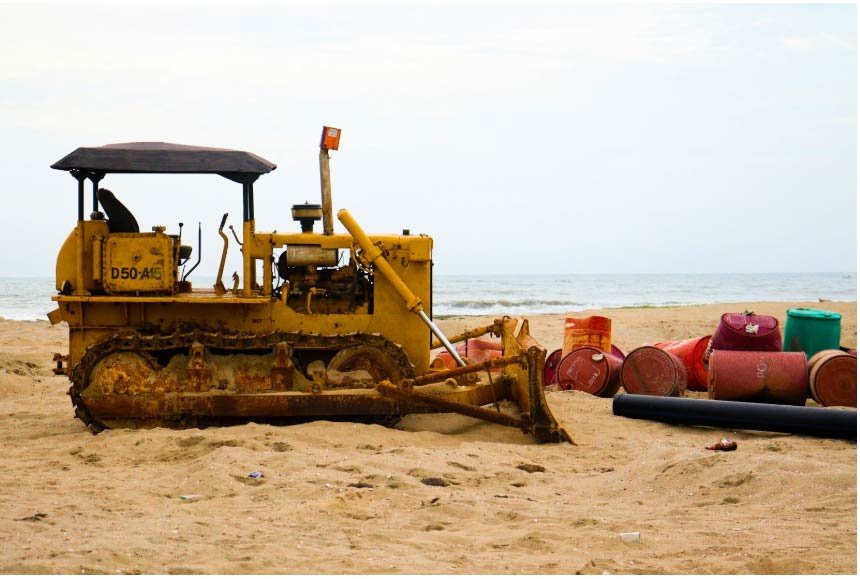
Regular upkeep of coastal properties and vehicles is essential to mitigate damage caused by harsh coastal conditions. Implementing long-term maintenance rhythms can help property owners stay ahead of potential issues and ensure the longevity of their assets.
Seasonal maintenance and small investments can yield significant life-span gains. These strategies help property and vehicle owners protect their assets and maintain long-term functionality.
Seasonal maintenance that prevents compounding damage
Conducting seasonal inspections can help identify minor issues before they escalate into significant damage, especially after harsh weather conditions.
For example, spring is an ideal time for deep cleaning and checking seals, while summer maintenance might focus on monitoring humidity and sand management. Such preventive actions allow property owners to plan rather than react to issues.
Autumn and winter maintenance tips:
- Autumn is a key time for deep cleaning and securing loose items in preparation for potential winter storms.
- Winter checks should focus on preventing water ingress during storms and maintaining heating systems.
- Regular inspections during seasonal changes help maintain property integrity in coastal areas and prevent compounding damage.
Small investments that yield large life-span gains
Making small, preventative upgrades can significantly extend the lifespan of coastal properties and vehicles, making them more resilient.
Investing in UV-resistant coatings for exterior wood surfaces can significantly extend their durability against sun exposure. Applying protective sealants to wood surfaces can help prevent moisture-related decay, especially in coastal environments.
Implementing stronger building codes can reduce insurance costs by lowering the risk of loss, making properties more attractive to insurers.
Regular maintenance and timely repairs reduce long-term repair costs and extend the lifespan of coastal properties. These small investments yield significant life-span gains and enhance the resilience of coastal assets.
Financing, insurance, and expert advice for resilient property ownership

Coastal property ownership often necessitates specialized financing and insurance options due to unique environmental risks.
Understanding these options and seeking expert advice can help property owners navigate the complexities of coastal property management and ensure adequate protection for their properties.
The following subsections will provide criteria for deciding between self-funding repairs and consulting a financial specialist, as well as questions to ask before hiring financial or mortgage advisors.
These insights will help property owners make informed decisions and secure the right financial protection and coverage for their needs.
When to self-fund repairs and when to consult a financial specialist
Coastal property owners should consider the following:
- Self-funding repairs may be advisable for minor issues.
- Significant damage typically warrants consultation with a financial expert.
- Coastal properties face specific risks such as flooding and storm damage that require specialized insurance coverage.
- High net worth insurance is commonly sought to protect against unique risks associated with properties near the ocean.
The cost of repairs after storms can skyrocket due to supply shortages, making it crucial to have an adequate insurance policy in place.
A higher deductible can be beneficial, but coinsurance clauses in coastal property insurance can lead to reduced payouts if a property’s insured value is below a required percentage of its replacement cost.
These factors highlight the importance of seeking professional advice for significant repairs and ensuring comprehensive insurance coverage.
Questions to ask before hiring a financial or mortgage advisor
Before hiring a financial or mortgage advisor, it’s essential to:
- Verify their experience with coastal properties.
- Understand their fee structure.
- Ask about their familiarity with flood insurance, as it’s often a mandatory requirement for coastal mortgages.
- Inquire about examples of how they have successfully navigated financing challenges specific to coastal property buyers.
Knowing the fees involved in the mortgage process and whether the advisor charges for services or receives commissions is crucial.
For long-term planning, consulting a property investment mortgage broker can provide tailored financial guidance and help mitigate risks associated with coastal property investment.
Asking these questions ensures you receive informed decisions and reliable advice tailored to your needs.
Choosing local providers and building a resilient neighbourhood network
Working with local providers not only supports the community but also strengthens disaster preparedness. Local experts understand the unique risks of coastal living and can deliver solutions tailored to those conditions.
By building a neighbourhood network, property owners can collectively reduce risks and improve resilience.
How to vet providers and preserve knowledge locally
Choose providers with proven coastal experience and a strong reputation. Keep a shared database of reliable contractors and insurers, and verify credentials before hiring.
Building long-term relationships helps maintain continuity and preserves local knowledge, making it easier for communities to manage risks together.
Practical ways communities can reduce risk collectively
Community-wide emergency plans and joint investments like shared drainage systems or flood barriers can lower overall risk and cost.
Regular maintenance drives and knowledge sharing further strengthen resilience. By collaborating, coastal communities create safer environments and ensure long-term sustainability.
Conclusion
Recognizing the unique risks associated with coastal properties enables effective management of insurance needs. Working with local legislators can enhance support for better insurance coverage and standards in coastal areas.
Regularly reviewing and adapting insurance coverage is crucial for coastal businesses, given the evolving environmental threats.
Documenting risk management strategies can strengthen a business’s position when negotiating insurance terms. Utilizing specialized risk assessments can bridge gaps in coverage for unique coastal risks, which may involve an increased risk.
By taking proactive steps and fostering community resilience, coastal property owners can protect coastlines, their investments, and thrive in coastal environments through coastal development.
-

 Celebrity1 year ago
Celebrity1 year agoWho Is Jennifer Rauchet?: All You Need To Know About Pete Hegseth’s Wife
-

 Celebrity1 year ago
Celebrity1 year agoWho Is Mindy Jennings?: All You Need To Know About Ken Jennings Wife
-

 Celebrity1 year ago
Celebrity1 year agoWho Is Enrica Cenzatti?: The Untold Story of Andrea Bocelli’s Ex-Wife
-

 Celebrity1 year ago
Celebrity1 year agoWho Is Klarissa Munz: The Untold Story of Freddie Highmore’s Wife
















